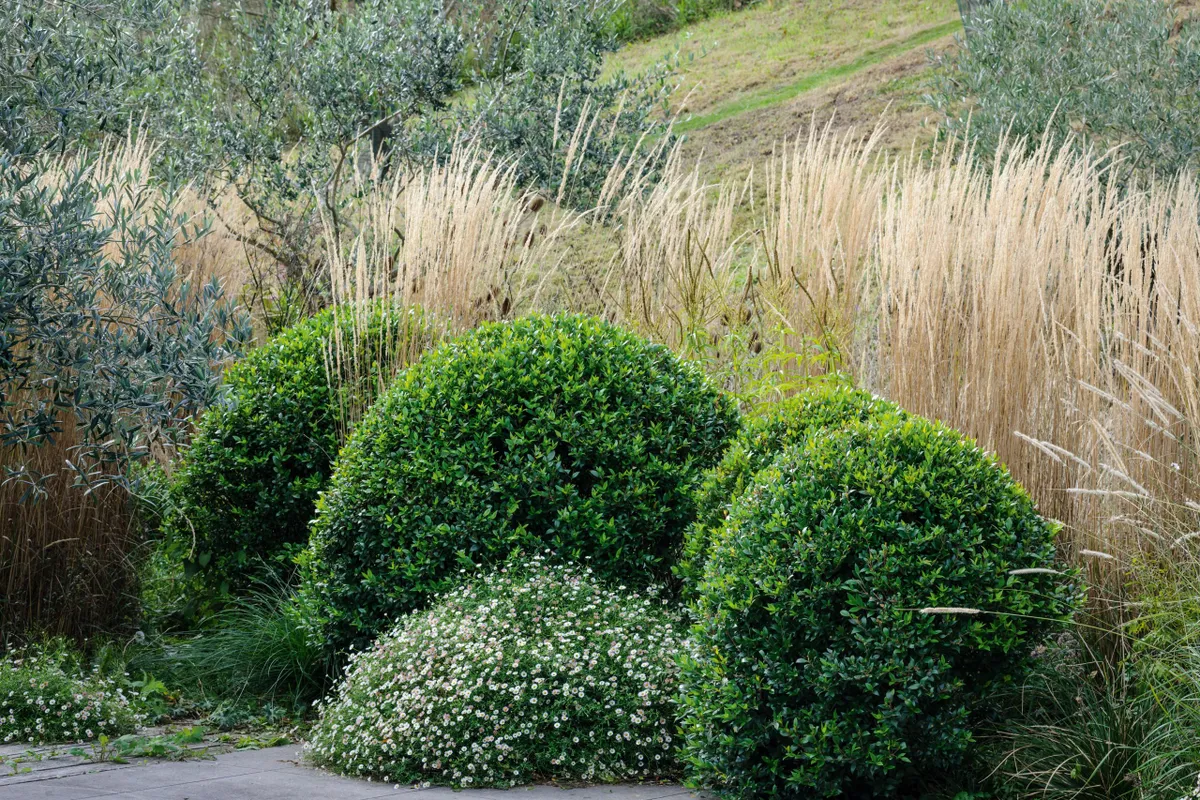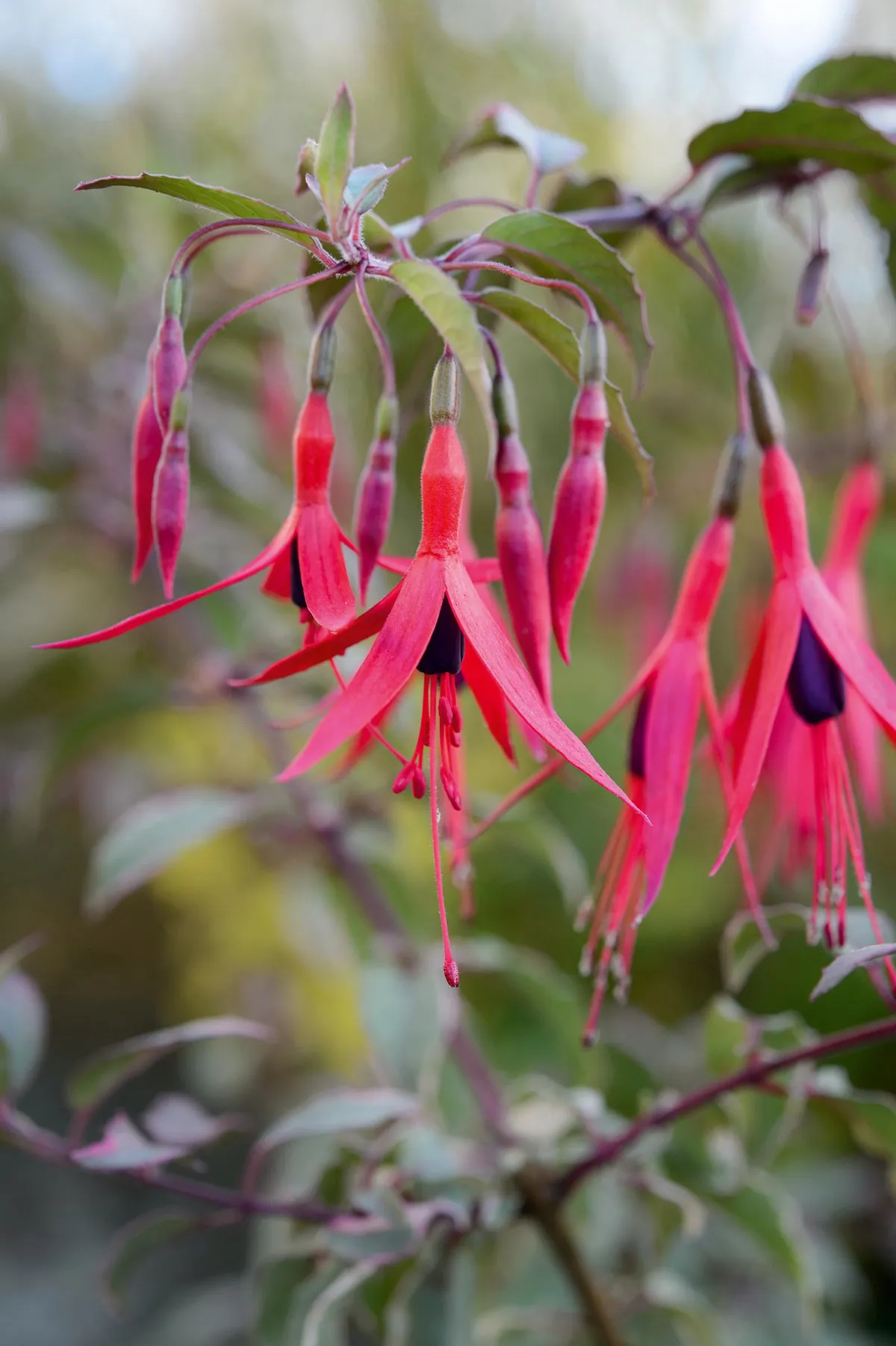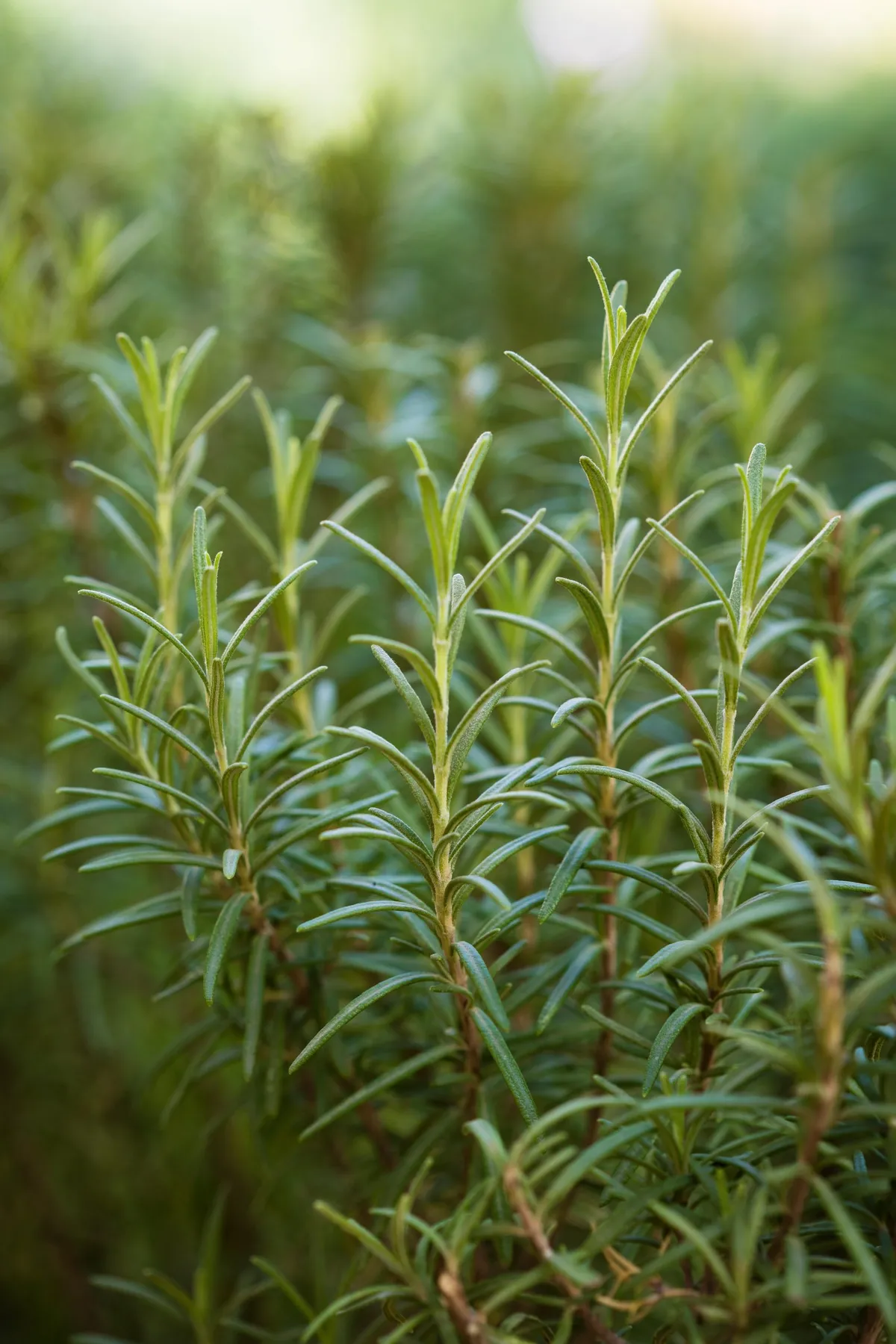I love hedges - these green walls can divide spaces, lead the eye around the garden, hide eyesores and screen the neighbours, and provide a magnificent backdrop for planting. Hedges will lift and filter wind, creating shelter and helping to temper our more frequently occurring storms. Assorted wildlife from birds to bugs also appreciate hedging plants and the safe, dense environment that the solid infrastructure of a hedge provides.
What are the best hedging plants?
Determining how you want your hedge to work for you will help to decide what sort of hedging plants you need. Do you want an above-eye-level, solid, year-round evergreen hedge presence? A low, mid-calf divider of spaces hedge? Or a metre-high barrier hedge that will hide paraphernalia but tempt you to explore further?
The size you’re aiming for, the degree of formality and see-throughness you want of your hedge are key factors in deciding which hedging plants you need, but it can be confusing. For example, yew (Taxus baccata) is generally thought to be a big, formal giant of a hedge plant, but in David Austin’s rose garden it has been used to replace the low, box hedging and works like a dream - far superior to many other box substitutes.
You can get some great ideas for designing the type of hedge you want from visiting gardens with inspiring hedges.
Here's our piece on the best alternatives to box.
How and when to trim a hedge
Which plants are best for hedging?
Taxus baccata
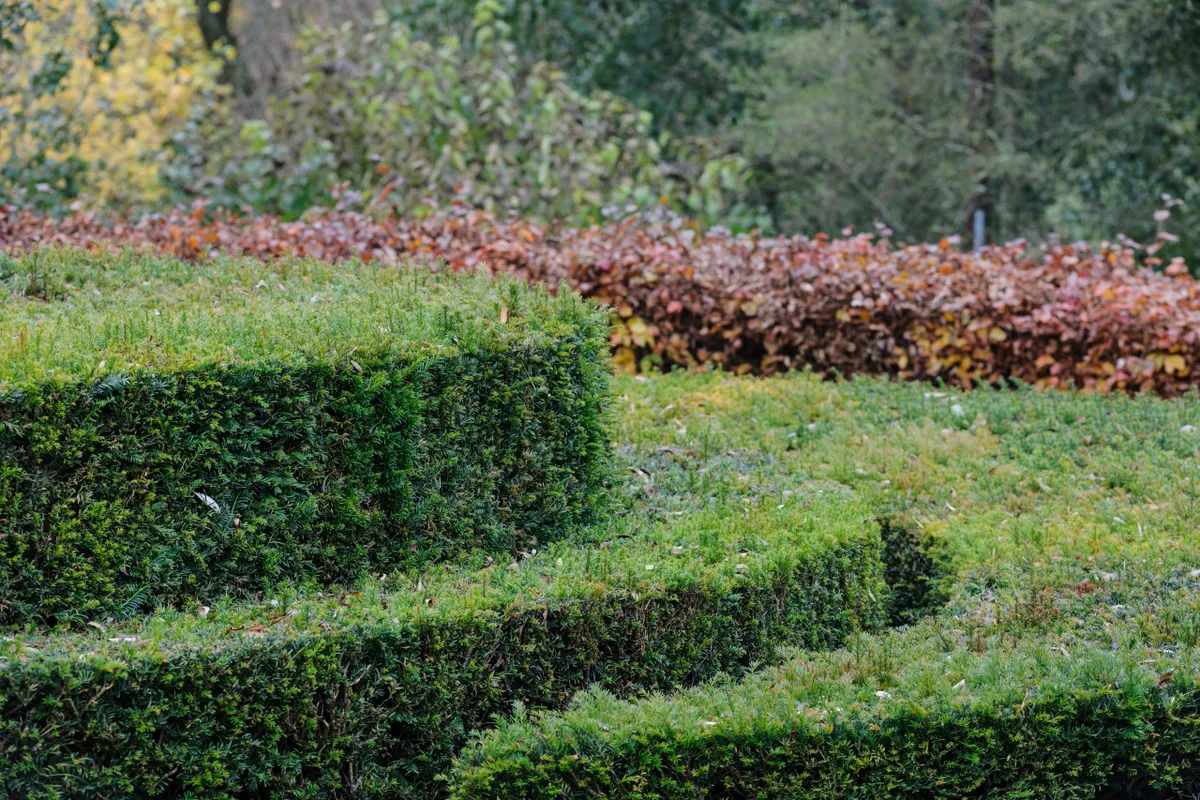
Our native English yew is my favourite hedging plant.The dark foliage is tight and generally needs clipping just once a year. Can be kept small or grown to 10m plus. Most soils, but not very wet. 20m. RHS H6, USDA 5b-8b.
Escallonia macrantha
A glossy, evergreen shrub that grows quickly to create an informal hedge. Rosy crimson flowers appear on this hedging plant in June and flower through to early autumn. Suitable for all soils and good for coastal areas. 4m. USDA 8a-9b.
Ilex aquifolium
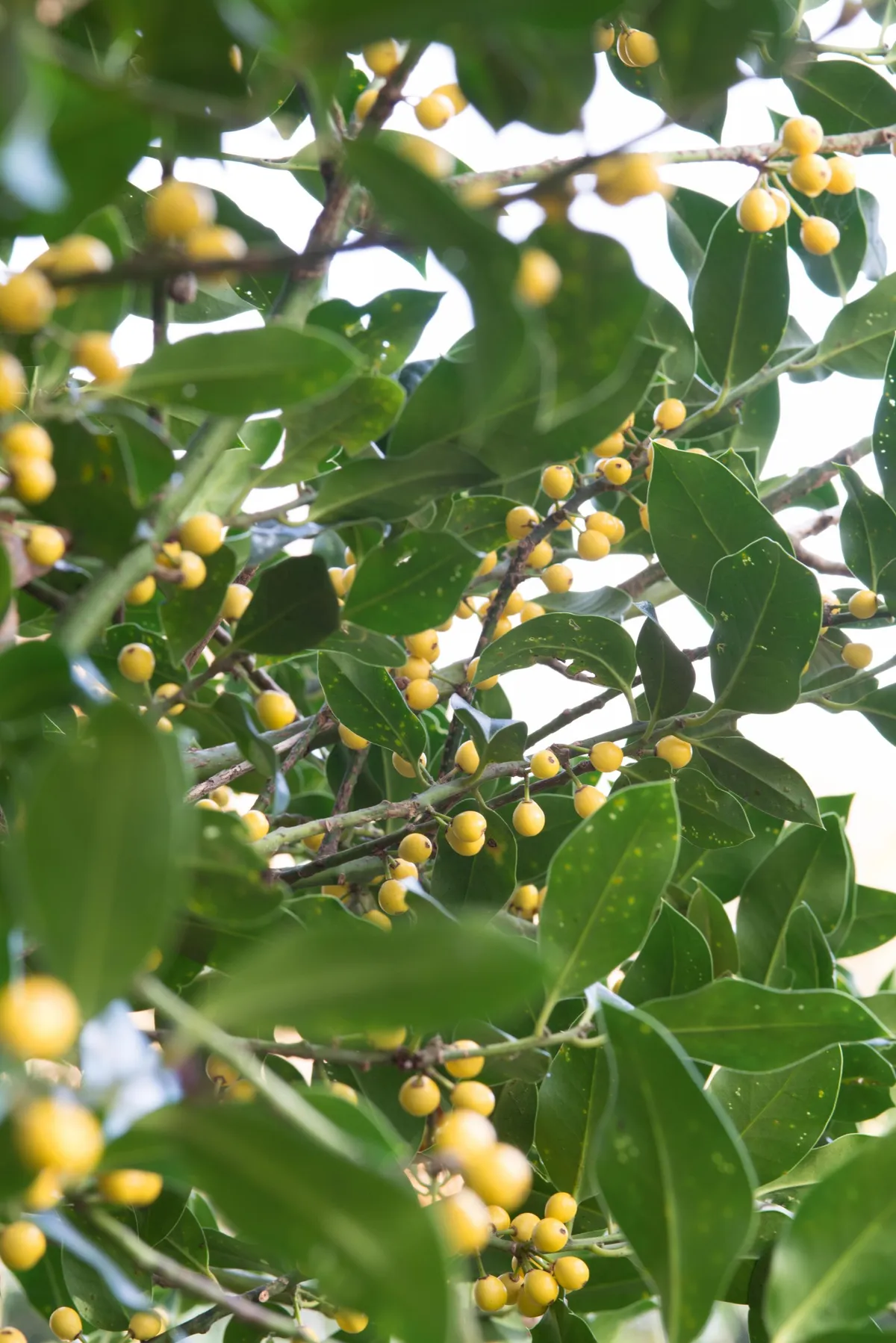
Holly can be difficult to establish, but it’s worth persevering as a hedging plant as it tolerates pollution and exposed areas, including extreme winds. It also provides both food and shelter for wildlife, as well as lovely sprigs for your Christmas wreath. 5m. AGM. RHS H6, USDA 3a-7b.
Elaeagnus x ebbingei
A fast-growing hedge that is particularly useful in windy and exposed sites. It will also tolerate all soils, except shallow chalk ones, and is also surprisingly good for pleaching - creating a hedge on stilts. 3m-plus. AGM. RHS H5, USDA 7a-10b.
Camellia
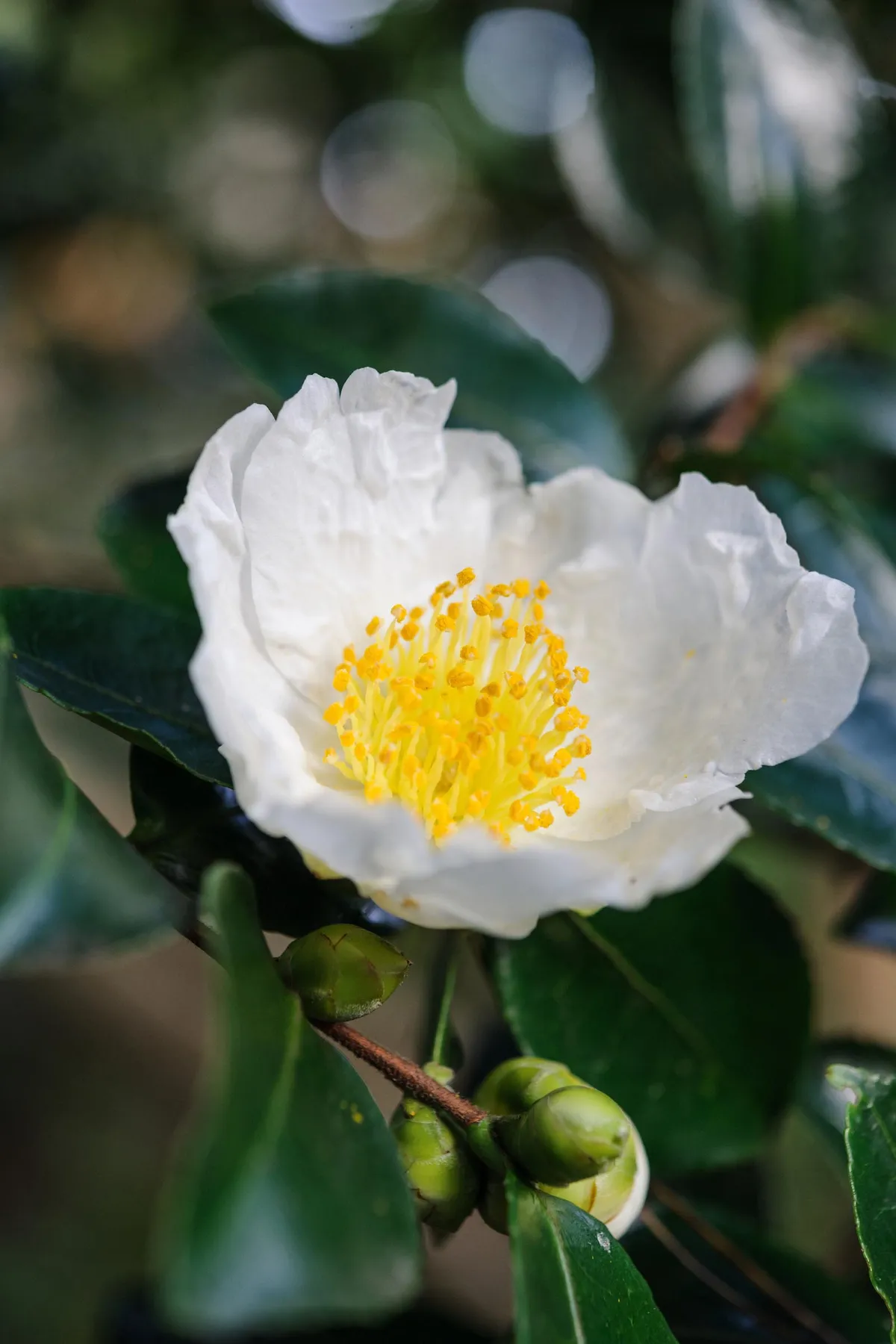
These early-flowering evergreen beauties can be used to create an informal or formal hedge that is low or high depending on maintenance. With coverage year-round from the foliage, and exquisite flowers when very little is going on in the garden, what's not to like? Most camellias will tolerate sun or shade but require a lime-free soil. 3-5m. USDA 7a-10b.
Prunus laurocerasus
Laurel hedging is popular and fast-growing with large, bright green leaves. Has a wide, spreading, open habit so often becomes unkempt. Tolerates most soils (except shallow chalk), shade, sun and drought. 5m. RHS H5, USDA 6a-8b.
Hedera helix
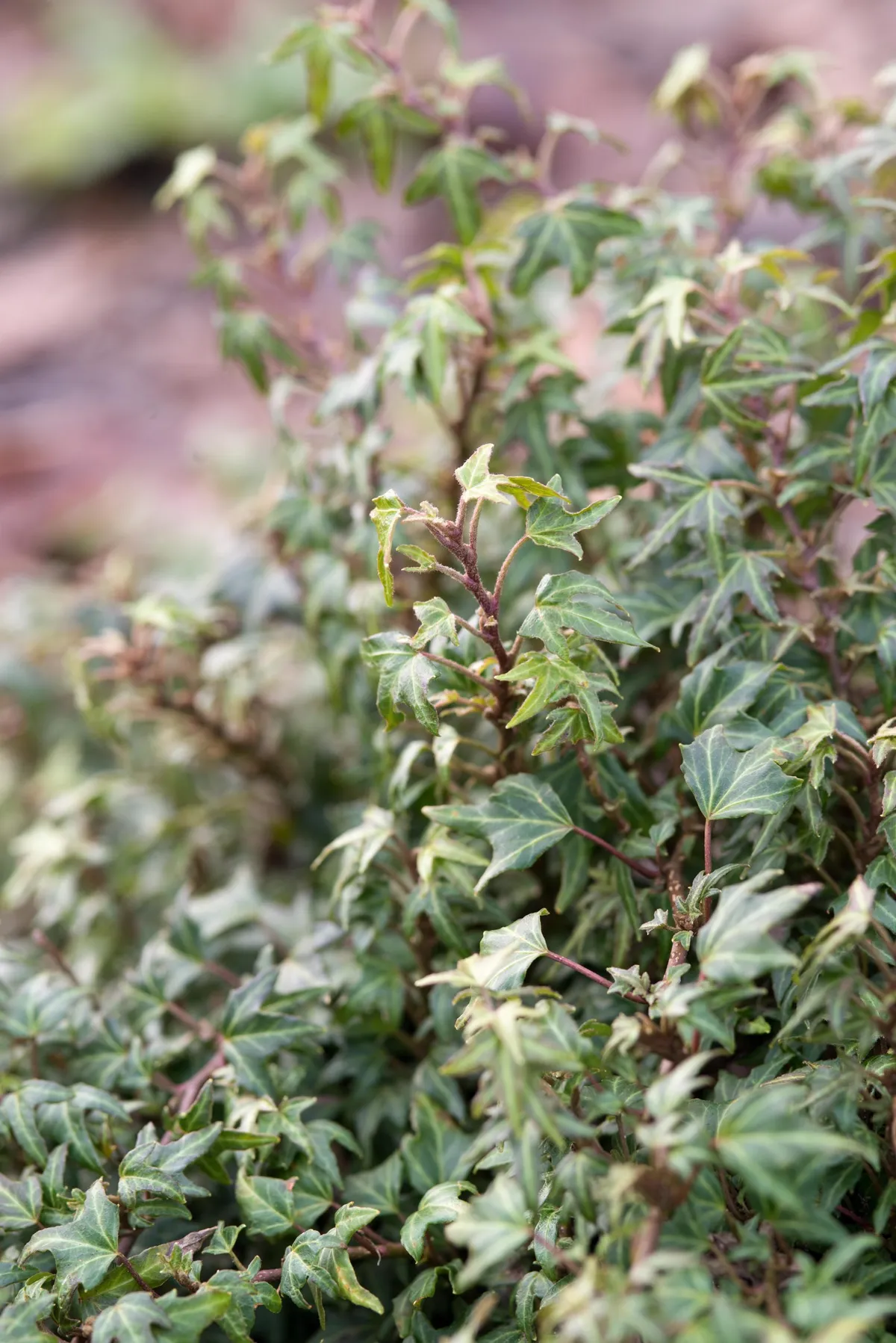
Ivy forms a climbing plant when young and can be grown on wires or a frame to produce a useful, narrow screen for small garden without the room for a full-width hedge. It’s fast growing and will tolerate many soils and conditions. Once it matures, however, after many years, its form changes to a bushy shape that stands as a hedge. It is at this adult stage that you, and the birds and insects, can enjoy the autumn and winter flowers and berries. 10m-plus. RHS H5, USDA 5a-9b.
Amelanchier lamarckii
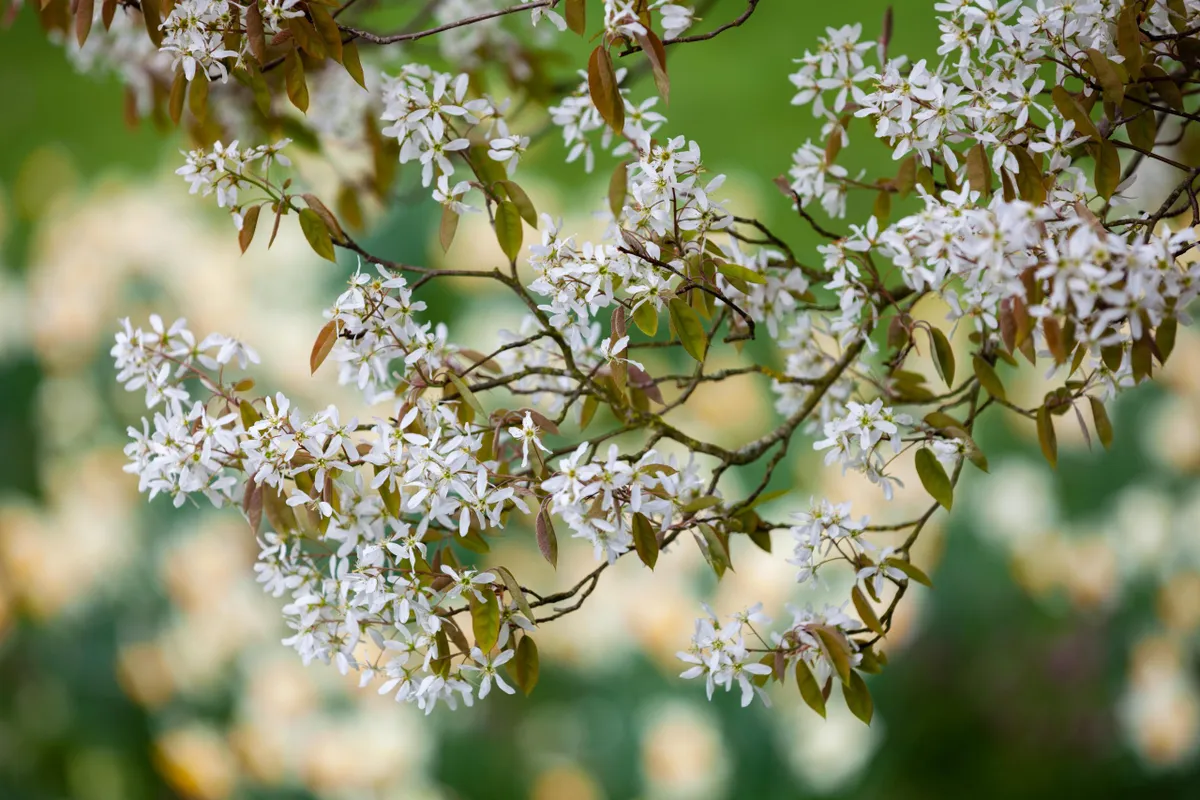
A stunning spring-flowering tree or shrub also known as snowy mespilus and serviceberry. It has foliage that goes from coppery red in spring through mid green to fiery red in autumn. When used as a deciduous hedging plant, it will tolerate sun or part shade, but is not good on alkaline or dry soils. 5m. AGM. RHS H6, USDA 4a-10a.
Rosa
Many cultivars of roses, especially tough, repeat-flowering ones like Rosa The Mayflower (= ‘Austilly’), form excellent informal hedges. Feeding and regular pruning will result in more blooms. 50cm-1.3m. USDA 3a-9b.
Prunus spinosa
A suckering, spiny, informal hedge that has white flowers in March and April, followed by blue-black sloes in autumn. Tough and fast growing, it tolerates many soils and conditions. A good option for a prickly boundary if security is a concern. 5m. RHS H7, USDA 5a-9b.
Buxus sempervirens
Boxwood is an evergreen, dense hedging plant that is still popular despite problems with a fungal disease called box blight and the invasion of box tree caterpillar. You can reduce its susceptibility to pests and diseases by planting on free-draining soil in dryer areas. 5m. RHS H5, USDA 6a-8b.
Teucrium x lucidrys
This evergreen hedge shrub has been used to replace box at Prince Charles's garden at Highgrove. In summer, pinky flowers complement the dark, shiny leaves. Prefers well-drained soils, sun or part shade. 30cm. RHS H4, USDA 7a-9b.
Paeonia lactiflora hybrids
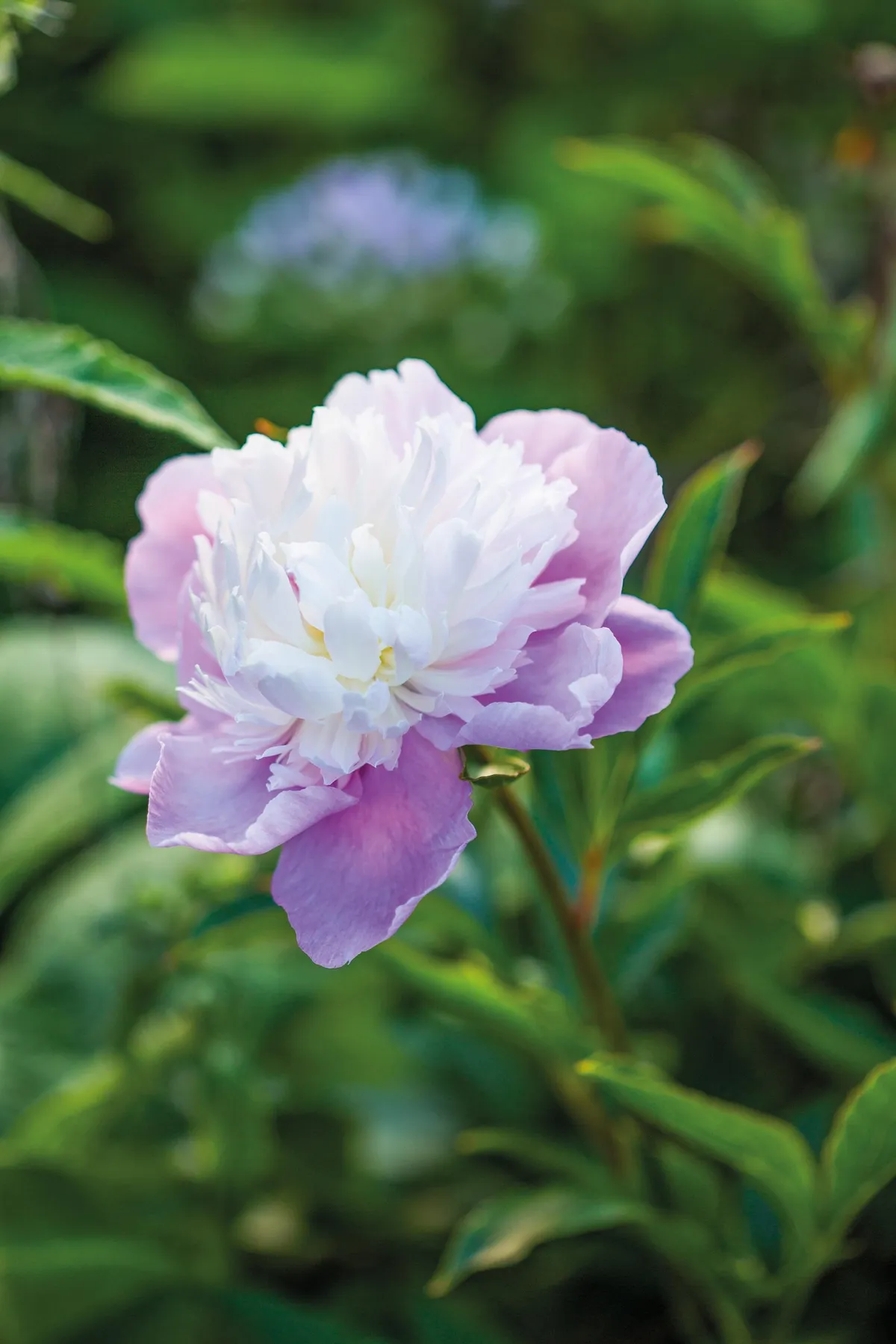
They may seem like an unusual choice for a hedge, but peonies, which flower in May and June, can be used in a row to form an attractive low hedge - although it will die down in autumn. A plant that's best in rich, heavy soils, though good drainage is essential. Prefers shelter and most prefer sun. 40cm. USDA 2a-8b.
Euonymus japonicus ‘Microphyllus’
With small, polished, dark-green leaves that are very similar to box, this is another shrub that makes a good box substitute for a low hedge. It is a hedging plant that's happy in all soils except wet ones and is also tolerant of salt. 90cm. RHS H6, USDA 4a-11.
Lavandula
Many lavenders form excellent, colourful and fragrant low hedges, but sharp drainage is key for success. Best cut routinely in early August (just beyond the old wood). Prefers sun. 30cm-1m. USDA 5a-9b.
Carpinus betulus
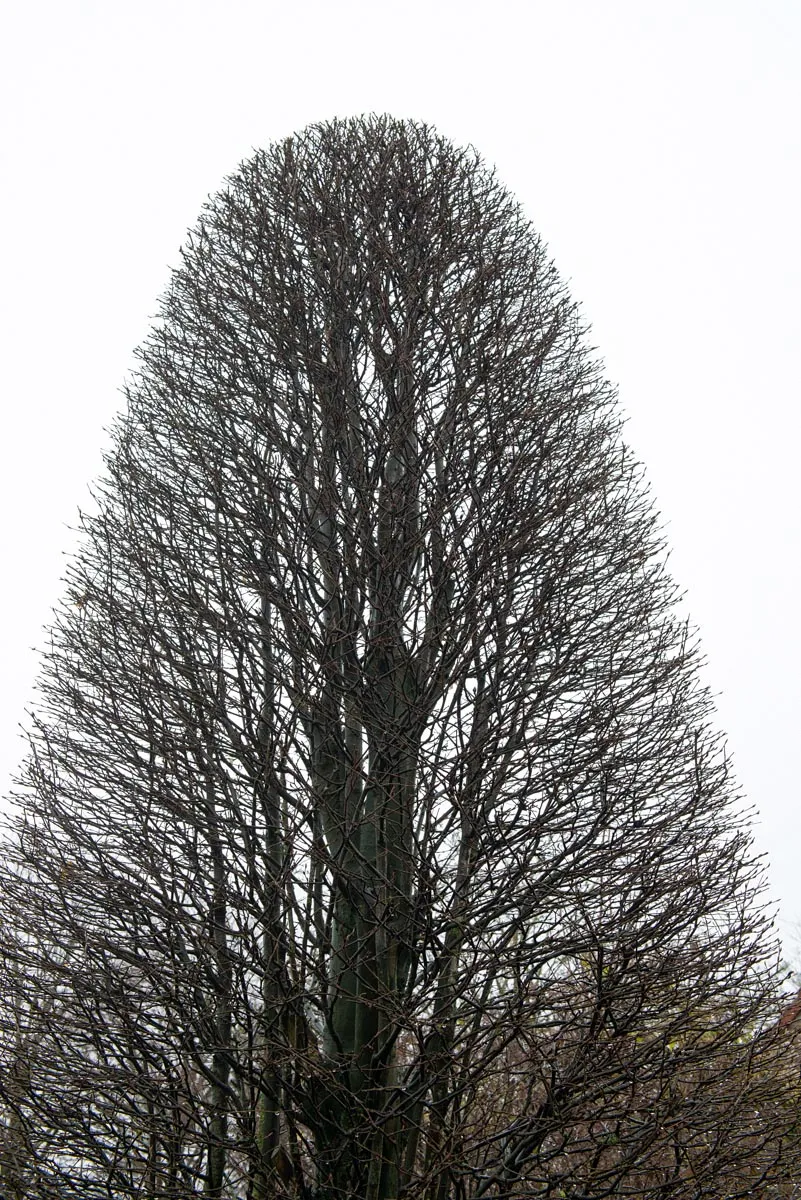
Hornbeam is a fabulous formal hedging plant that’s fast and easy to grow. Tolerates most soils, sun and shade, and exposed sites. Deciduous, it has good yellow autumn colour and holds its brown leaves really well in winter for coverage if it is clipped every year. 10m. AGM. RHS H6, USDA 4a-8b.
When to plant a hedge
In general, the best time to plant a hedge is in the period between autumn and late winter - with the caveat that you should not plant when the ground is frozen or waterlogged. Evergreen plants like yew and holly will often come 'root-wrapped' with fabric holding soil onto the rootball of the plants. Deciduous hedging plants and smaller 'whips' can be found for sale from November to March as 'bare root hedging', meaning they come with no soil attached, looking almost like a bundle of sticks. This is a really economical way to create a hedge as bare root plants are much cheaper than pot-grown specimens.
Once established, don't miss our advice on how to prune your hedge, and for tasty versions of hedges, check out our focus on edible hedgerows. And if you have an overgrown older hedge in need of fixing, you can read our guide to laying a hedge.
Where to buy your hedging plants
• David Austin Roses, Bowling Green Lane, Albrighton, Wolverhampton WV7 3HB. Tel 01902 376334, davidaustinroses.co.uk
• Double Yew Nurseries, Northorpe Fen Farm, Bourne, Lincolnshire PE10 0DR. Tel 01778 424181, doubleyewnurseries.co.uk
• Elveden, London Road, Elveden, Thetford, Suffolk IP24 3TQ. Tel 01842 890223, elveden.com
• Majestic Trees, Chequers Meadow, Chequers Hill, Flamstead, nr St Albans, Hertfordshire AL3 8ET. Tel 01582 843881, majestictrees.co.uk
• ReadyHedge, Court Gate Nursery, Station Road, Eckington, Pershore, Worcestershire WR10 3BB. Tel 01386 750585, readyhedgeltd.com
